PPT-Requirement for updating GTR15 Amendment 6 Annex 13 (Low Temperature Test Procedure)
Author : deborah | Published Date : 2024-03-13
GRPE8521 Submitted by the expert of OICA Informal document GRPE8522 85 th GRPE 1114 Jan 2022 agenda item 3b
Presentation Embed Code
Download Presentation
Download Presentation The PPT/PDF document "Requirement for updating GTR15 Amendment..." is the property of its rightful owner. Permission is granted to download and print the materials on this website for personal, non-commercial use only, and to display it on your personal computer provided you do not modify the materials and that you retain all copyright notices contained in the materials. By downloading content from our website, you accept the terms of this agreement.
Requirement for updating GTR15 Amendment 6 Annex 13 (Low Temperature Test Procedure): Transcript
Download Rules Of Document
"Requirement for updating GTR15 Amendment 6 Annex 13 (Low Temperature Test Procedure)"The content belongs to its owner. You may download and print it for personal use, without modification, and keep all copyright notices. By downloading, you agree to these terms.
Related Documents

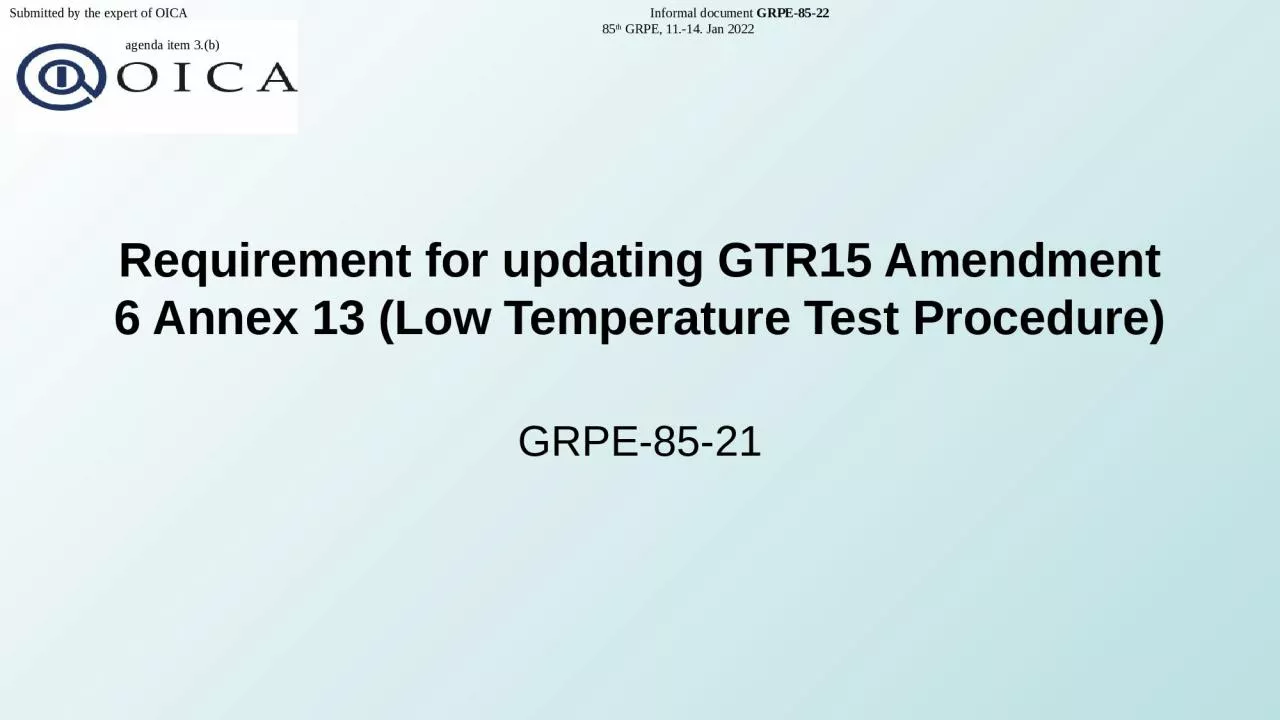

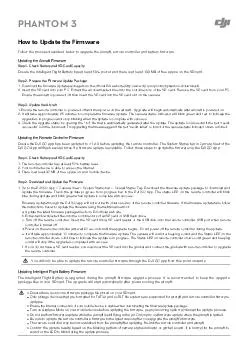

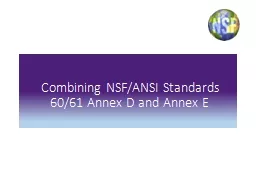


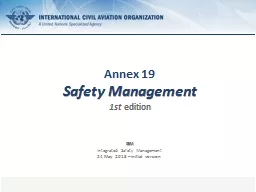


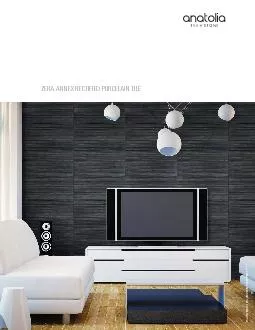
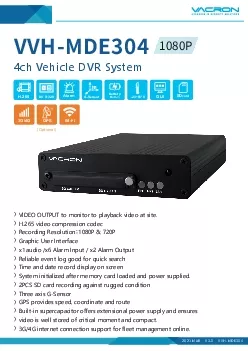
![[READ] Low Carb: Low Carb Weight Loss Secrets Box Set (Dash Diet, Slow Cooker Meals, Low](https://thumbs.docslides.com/881235/read-low-carb-low-carb-weight-loss-secrets-box-set-dash-diet-slow-cooker-meals-low-carb-cookbook-low-carb-recipes-low-car.jpg)
